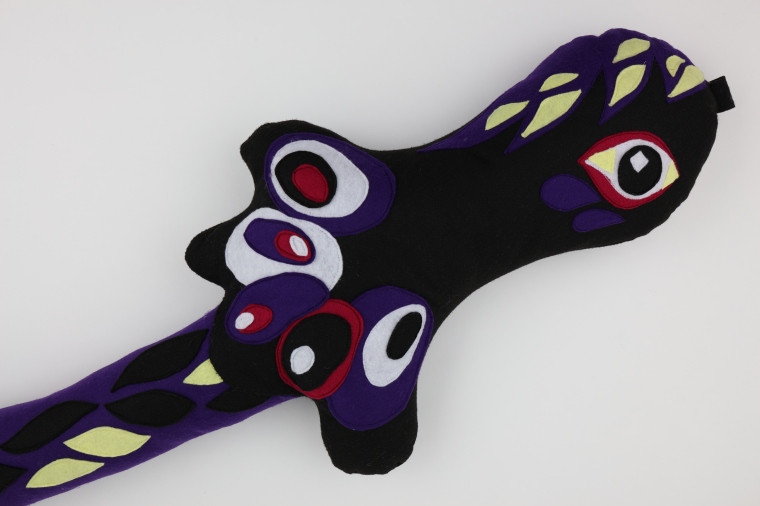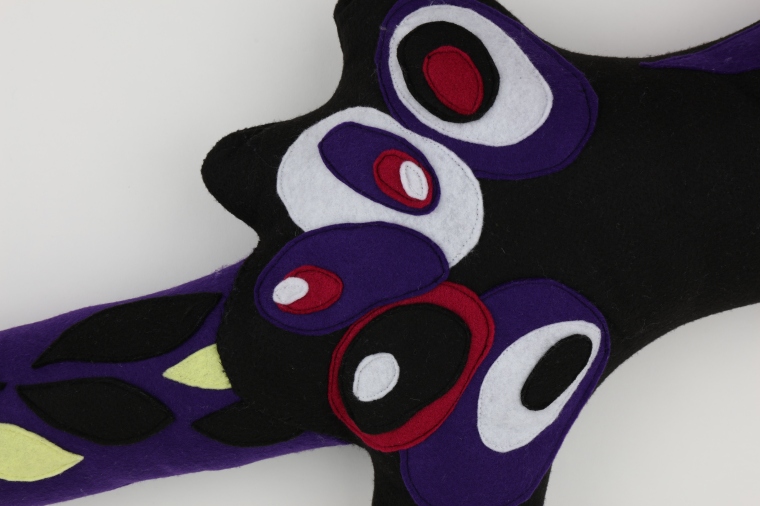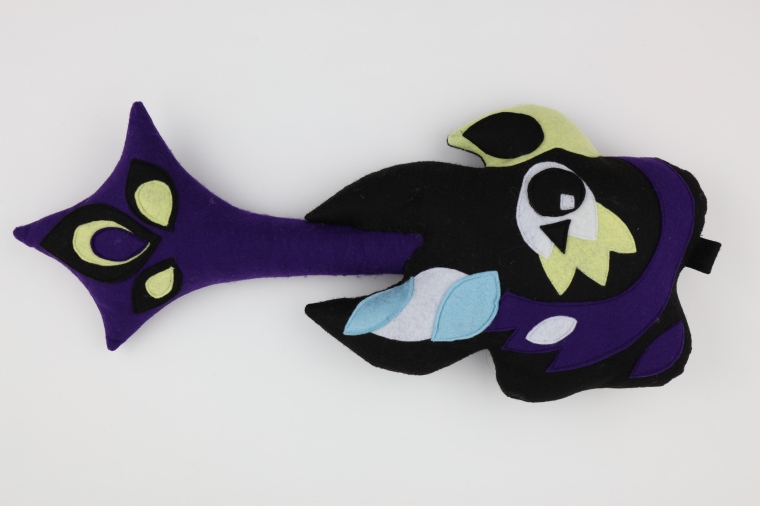Following my previous brain storm, it was necessary to narrow my concept into one research path. To do this I studied Women’s Health magazine April 2017 which proved a good source of up to date scientists research. Health magazines are full of headlines and advice on which food to consume, how to exercise and a general review on the well-being of the human body. The articles in April 2017 included information of subject such as; probiotics, wheat free diets, fitness bloggers and mindfulness. However, the most interesting article was titled ‘Future-Proof Your Brain’ with the summary of ‘Pioneering research linking Alzheimer’s with diabetes offers new hope that diet and lifestyle changes could provide protection. And the earlier you take action, the better.’ This instantly caught my attention because the article linked my interest in food intake/well-being to a widely discussed and feared disease. The article is explaining that some scientists are calling for the disease to be renamed as ‘Type Three Diabetes’ as much like type two diabetes, insulin can be rejected from the brain. Professor de la Monte studied rats that had insulin deprived brains and found that the animals became disorientated and not able to find their way through a maze. The rats suffered brain shrinkage which is a common defect caused from Alzheimer’s disease. After this discovery the scientists performed autopsies on human brains and found that those who had died from Alzheimer’s also had insulin deprived brains. The article further explains that ‘brain cells require double the glucose levels of normal cells, so if the brain becomes resistant to insulin it sparks a tsunami of neurodegeneration’ meaning the brain starves. Alzheimer’s can occur decades before the symptoms are recognisable, and a diet with a high sugar or processed food intake will accelerate the brain degeneration. The best foods to eat are ‘whole foods’ including fruits, vegetables and cereals- less red meat. Taking regular exercise, or allowing the brain to be challenged can also prevent the disease.
In particular, I found that the new medical term and links between brain shrinkage and lifestyle choices were subjects I could respond to through visual medias. Before creating a visual brainstorm, I also wanted to discover the difference between Alzheimer’s disease and Dementia. In summary Dementia is a general term for memory loss and disorientation, although Alzheimer’s is the cause of 50%-70% of all dementia cases.
http://www.alzheimers.net/difference-between-alzheimers-and-dementia/
To begin the visual process, I highlighted playful words or descriptions within the article which I could reimagine. I began with using black Indian ink as it is a loose medium allowing for freedom of brush strokes, but also encourages a fast paced working style so all ideas can be recorded. I also added red ink to highlight certain sections of the drawing and to enter in sections of colour which could later be digitally changed. Some of my most visually successful sketches are those with a playful description of the scientific detail, for example the image with the brain in the washing machine explaining the shrinkage of the organ.





 http://www.saatchigallery.com/artists/david_salle.htm?section_name=paint_artist
http://www.saatchigallery.com/artists/david_salle.htm?section_name=paint_artist






















